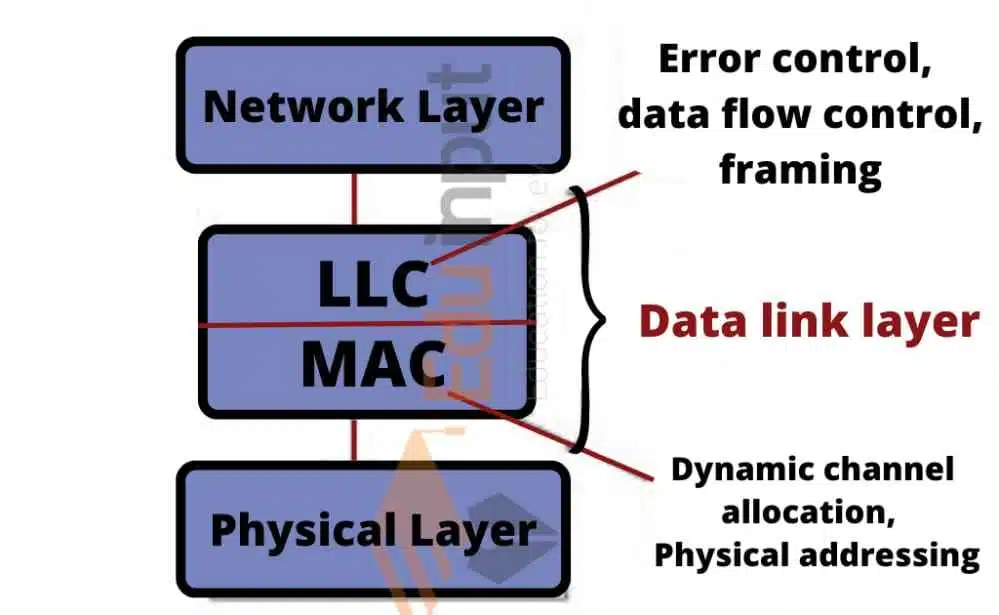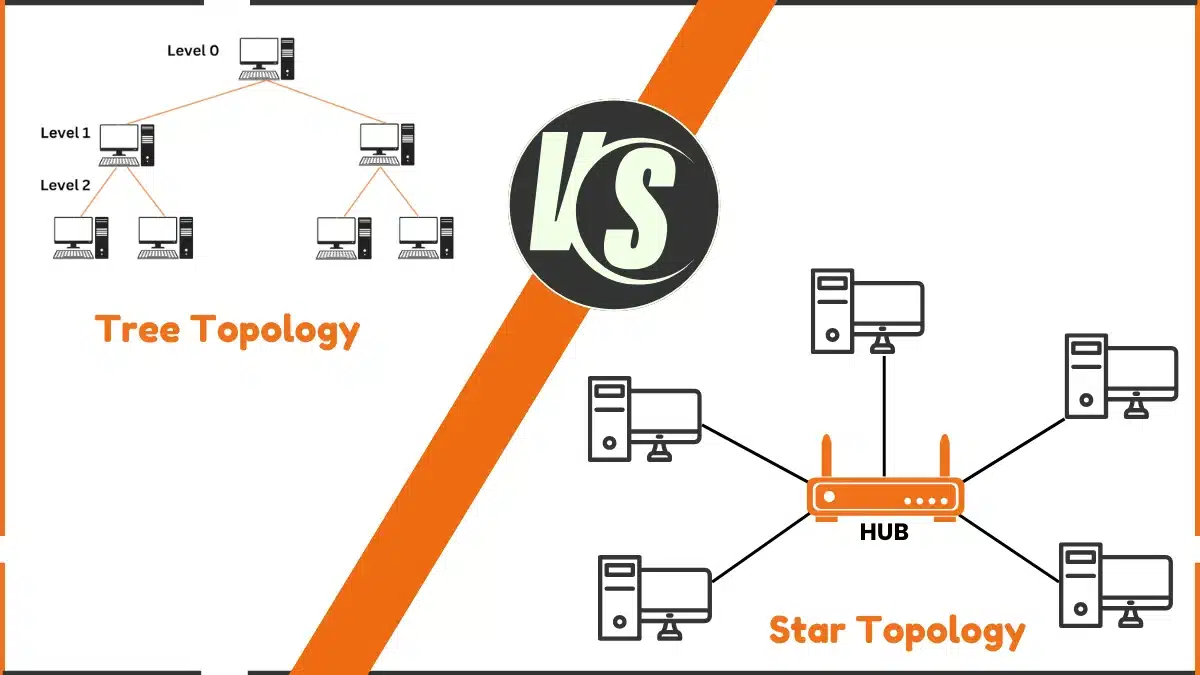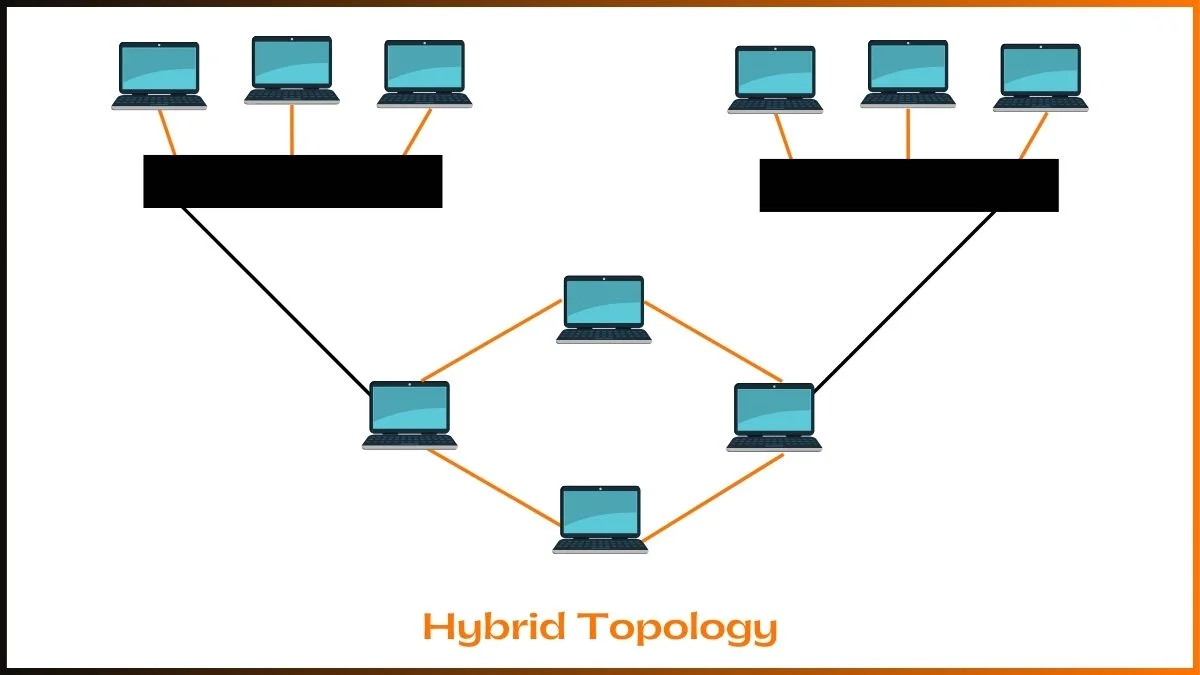Data Link Layer of OSI Model
The data link layer is responsible for the physical link established at layer 1. The data link layer of the OSI model is the physical connection between two or more network devices. It is also known as the Data Link Layer.
In computer networking, the data link layer is the lowest layer of the seven-layer Open Systems Interconnection (OSI) reference model.
The Data link Layer (DL) provides a mechanism to pass data between two layers of the Open Systems Interconnection (OSI) model. A DL may be implemented using either a physical link or a logical connection.
Physical links are often referred to as point-to-point connections, while logical connections are often called point-to-multipoint connections.
Functions Of Data Link Layer
The data link layer must decide the following:
Framing
The data link layer divides the stream of bits into data units called frames.
Flow Control
If the rate of sending data is more than the rate of receiving data, the data link layer imposes a flow control mechanism to prevent this situation.
Error Control
The data link layer prevents the duplication of frames and detects the damaged or lost frames. Access Control
If two or more devices are connected to the same link, the data link layer determines which devices have control over the link at a given time.
Sub Layers Of Data Link Layer
The data link layer is divided into two sub-layers.

LLC (Logic Link Control)
LLC ensures the reliability of the physical connection.
LLC is a protocol that provides reliable delivery of packets over point-to-point links. The standard protocol IEEE 802.2 is the most commonly used standard. LLC is used in Ethernet networks and other technologies such as wireless LANs.
The LLC data link layers are used by both the host operating system and the network interface card on the computer. They allow the host to communicate directly with the network without going through the OS kernel.
MAC (Media Access Control)
It specifies how workstations cooperatively share the transmission medium. The IEEE 802.3 standard specifies a medium-access method known as “carrier senses multiple accesses with collision detection (CSMA/CD)”.
A MAC address is a 48-bit number that identifies a specific network interface card (NIC). Every NIC has its own MAC address, which is usually printed on the back of the card.
LLC provides error detection and correction services, while MAC provides addressing and data framing functions.







Leave a Reply